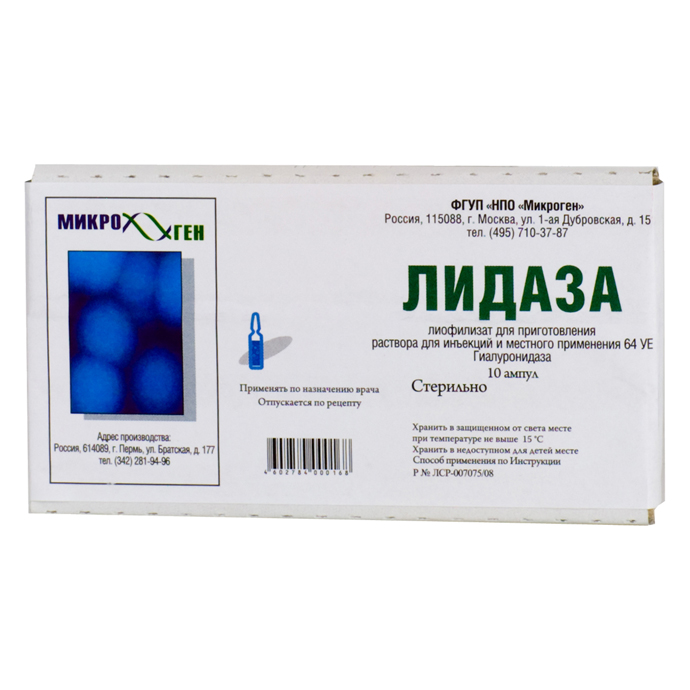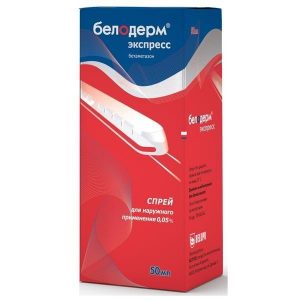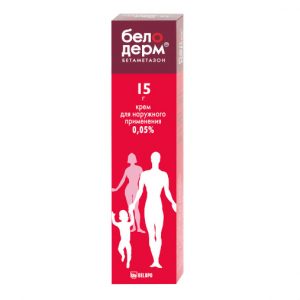Description
Pharmacological action
An enzyme preparation isolated from the testes of cattle. It breaks down the main component of the interstitial substance of the connective tissue – hyaluronic acid (mucopolysaccharide, which contains acetylglucosamine and glucuronic acid.
Indications
Burn, traumatic, postoperative scars, long-term non-healing
ulcers (including radiation) Dupuytren’s contracture joint stiffness, joint contracture (after inflammatory processes, injuries), osteoarthritis, ankylosing spondylitis, ankylosing spondylitis and spondylitis (skin manifestations) soft tissue hematoma of superficial localization preparation for skin plastic surgery for scar scarring. Pulmonary tuberculosis (complicated by non-specific lesions of the bronchi), inflammatory processes in the upper respiratory tract and bronchi with obstruction. Traumatic lesions of the nerve plexuses and peripheral nerves (plexitis, neuritis). Hyphema, hemophthalmus, retinopathy of various etiologies.
Contraindications
Hypersensitivity, acute infectious and inflammatory diseases, recent hemorrhages. For inhalation administration – pulmonary tuberculosis with severe respiratory failure, pulmonary hemorrhage, hemoptysis, malignant neoplasms, fresh vitreous hemorrhage. Concomitant use of estrogen.
Precautions: pregnancy, lactation.
Recommendations for use of
For scar lesions, 64 UE (1 ml) are administered subcutaneously (under the scarred tissue) or intramuscularly (near the lesion site) daily or every other day (10-20 injections in total).
In case of traumatic lesions of the nerve plexuses and peripheral nerves, they are injected subcutaneously into the area of the affected nerve (64 units in procaine solution) every other day for a course of 12-15 injections. The course of treatment is repeated if necessary.
When used in ophthalmic practice, the drug is administered subconjunctively – 0.3 ml, parabulbar – 0.5 ml, as well as by electrophoresis.
Patients with pulmonary tuberculosis with a productive nature of inflammation are prescribed in combination therapy to increase the concentration of antibacterial drugs in the lesions in the form of injections and / or inhalations. Inhalations are carried out daily 1 time using 5 ml of solution (320 UE). The course of treatment consists of 20-25 inhalations. If necessary, conduct repeated courses at intervals of 1.5-2 months.
In the form of dressings soaked in a solution of the drug. To prepare the solution, every 64 UE is dissolved in 10 ml of a sterile 0.9% sodium chloride solution or boiled water at room temperature. This solution is moistened with a sterile dressing, folded in 4-5 layers, applied to the affected area, covered with wax paper and fixed with a soft dressing. The dose depends on the lesion area
(32-64 UE / sq.cm), on average – 320 UE per dressing. A bandage is applied daily at
for 15-18 hours for 15-60 days. With prolonged use every 2 weeks, take a break for 3-4 days.
When applied by electrophoresis, 320 UE is dissolved in 64 ml of distilled water, 2-3 drops of a 0.1% solution of hydrochloric acid are added and injected from the anode into the affected area for 20-30 minutes. The course of treatment is 15-20 sessions. The application dosing regimen can be alternated with electrophoresis. The prepared solution should be used within 24 hours.
Side effects
Allergic reactions with prolonged use – local irritant effect.
Drug interaction
Improves the absorption of drugs administered subcutaneously or intramuscularly, enhances the effect of local anesthetics.
active substance
Hyaluronidase
pharmacy prescription
pharmacies over the counter




